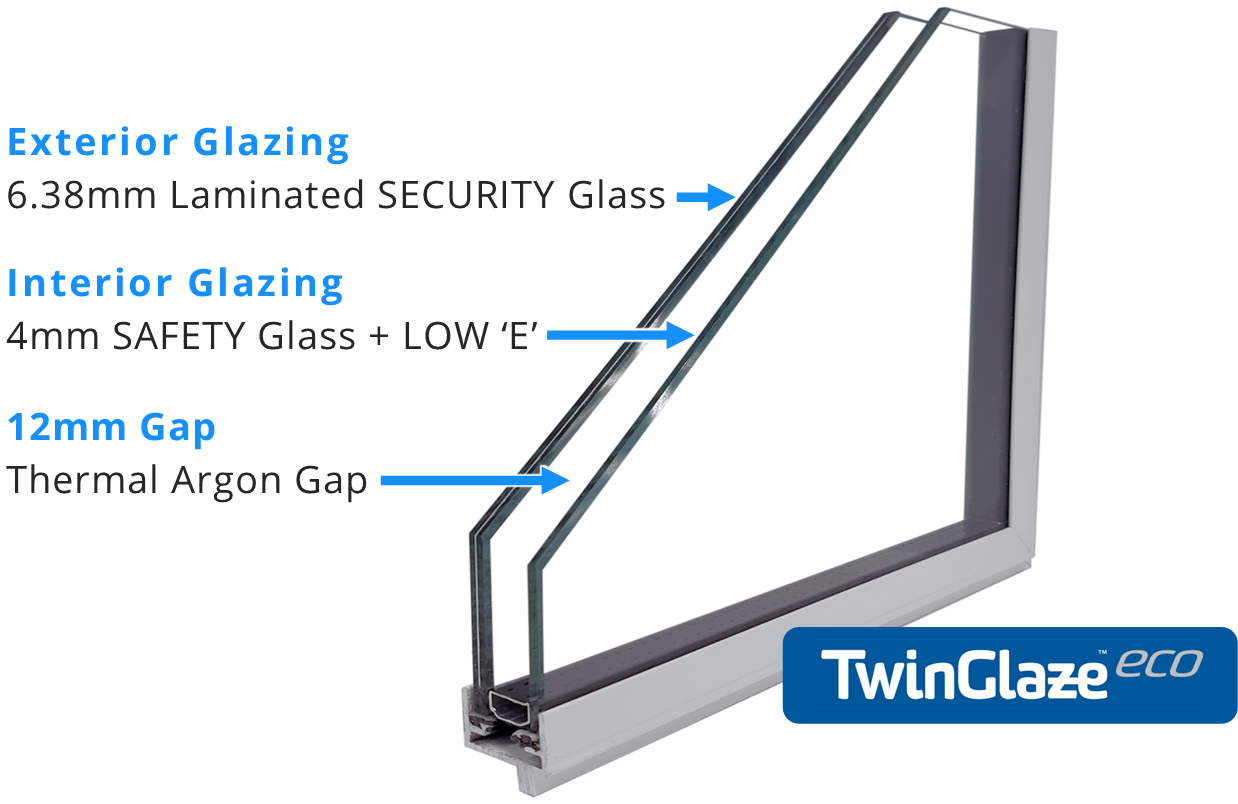All Categories
Featured
Table of Contents
Upvc Double Glazed Windows Australia in The Vines Perth
Laminated glass is typically used in locations in the house most prone to injury from human effect such as restrooms, doors, around staircases and in locations near the flooring (it fulfills the requirements of 'shatterproof glass' that is mandated for usage in these areas by Australian Standard AS 1288 Glass in buildings).
Toughened glass has been 'tempered' by being reheated and rapidly cooled again. This process makes it much more powerful than basic glass it can withstand greater effect loads before breaking. It likewise makes it more secure since, when it does shatter, it gets into numerous small cubic pieces rather than dangerous fragments.
Best Way To Block Sun Heat From Windows [Professionally] in Guildford WA
Nevertheless, toughened glass has no thermal or acoustic advantages over other glass of the exact same toning or thickness. Secondary glazing is where single-glazed windows are retrofitted with a transparent acrylic or glass sheet attached to the inside of the frame or openable sash with a secondary frame or with magnetic strips.


Secondary glazing will not carry out as well thermally as a manufactured IGU, since it is difficult to totally seal the border, but it can supply great noise control. Window movies are a thin polymer movie consisting of an absorbing color or reflective metal layer, with an adhesive backing. They adhere to your glazing to alter its colour or make it reflective.
Summer Scorcher Predicted, Again! Double Glazed ... in North Perth Western Australia
Applied to existing glass, some window movies can cut in half the total SHGC of the window by taking in and/or showing solar radiation. This can be particularly advantageous in hotter climates where cooling is the primary concern, or on east and west elevations straight exposed to long periods of sunshine. However, window movies may also decrease visible light transmittance.

For this factor, it is generally best to use a certified installer of window movie. Frames have a considerable influence on the thermal efficiency of windows and doors, since energy can be gained and lost through the frame, along with through the glass. Various kinds of frame will permit various levels of heat gain and loss, so mindful option of frame is necessary for efficient passive style.
Keeping Your Cool: The Benefits Of Double Glazed ... in Wembley Downs Western Australia
However, aluminium is also a great conductor of heat and will reduce the insulating value of a glazing unit, unless particularly crafted to lower this. A 'thermally broken' frame is made up of 2 aluminium sections connected by a structural insulator (generally a low-conductivity structural polymer). This 'breaks' the thermal connection through the aluminium and decreases the heat flowing through the frame.
They can be costly, however rates are decreasing as they become more typical. Timber frames are a great natural insulator that can fit some house styles. Lumber frames must be made from species that have naturally high resilience or be dealt with to prevent decay and contortion. Examine that the lumber is sourced from a sustainably managed forest.
Upvc Double Glazed Windows Australia in North Perth Western Australia
(weather stripping) is installed.
u, PVC windows and doors have exceptional thermal efficiency Image: Ben Wrigley (Light House Architecture and Science) Composite frames utilize aluminium profiles on the outer sections with either a timber or u, PVC inner section. These combine the low maintenance and durability of aluminium with much improved thermal performance.
Table of Contents
Latest Posts
Does Double Glazing Reduce The Heat In Brisbane's Summer? in Spearwood Western Australia
Save Energy With Double Glazed Windows in Hocking WA
Triple Glazing – Pros & Cons in Ocean Reef Western Australia
More
Latest Posts
Does Double Glazing Reduce The Heat In Brisbane's Summer? in Spearwood Western Australia
Save Energy With Double Glazed Windows in Hocking WA
Triple Glazing – Pros & Cons in Ocean Reef Western Australia